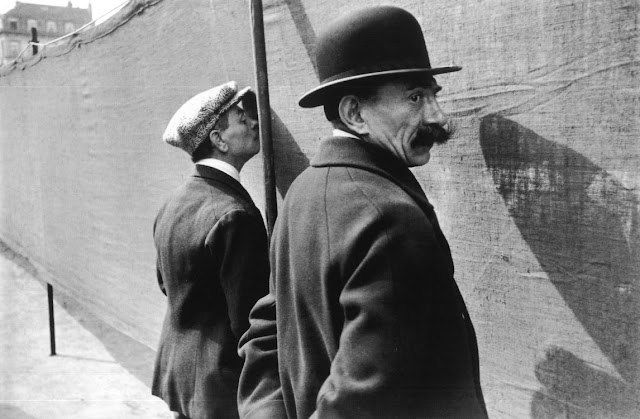Henri Cartier-Bresson (1908–2004) is one of the most original, accomplished, influential, and beloved figures in the history of photography. His inventive work of the early 1930s helped define the creative potential of modern photography, and his uncanny ability to capture life on the run made his work synonymous with “the decisive moment”—the title of his first major book.
After World War II (most of which he spent as a prisoner of war) and his first museum show (at MoMA in 1947), he joined Robert Capa and others in founding the Magnum photo agency, which enabled photojournalists to reach a broad audience through magazines such as Life while retaining control over their work.
In the decade following the war, Cartier-Bresson produced major bodies of photographic reportage on India and Indonesia at the time of independence, China during the revolution, the Soviet Union after Stalin’s death, the United States during the postwar boom, and Europe as its old cultures confronted modern realities. For more than twenty-five years, he was the keenest observer of the global theater of human affairs—and one of the great portraitists of the twentieth century. ~ via MoMA
"To photograph is to hold one's breath, when all faculties converge to capture fleeting reality. It's at that precise moment that mastering an image becomes a great physical and intellectual joy."
Matisse
Prostitute, Calle Cuauhtemoctzin
Mexico City, 1934
Sculpter Alberto Giacometti by Cartier-Bresson Photo.

Wathc
The Decisive Moment: Photography by Henri
Cartier-Bresson
Watch this fantastic interview with the master himself ~ Henri Cartier-Bresson. Introduced by Richard Avedon

































No comments:
Post a Comment